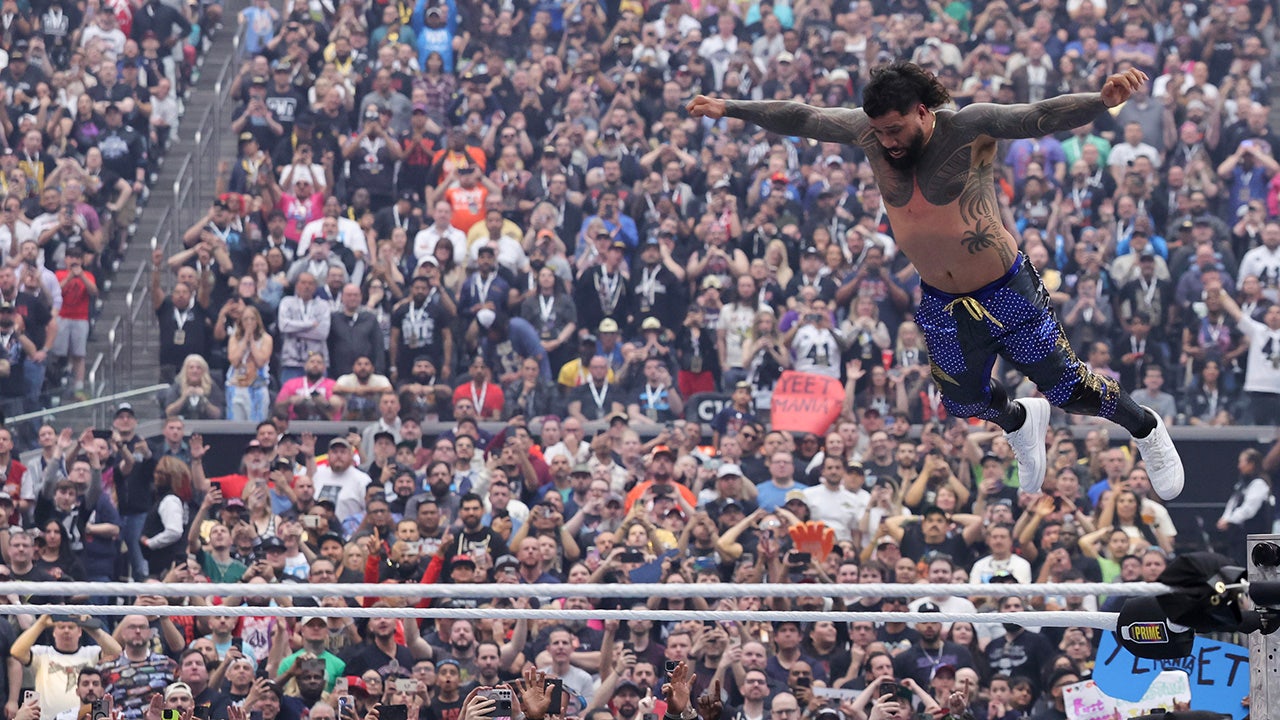Angela Mae
Mon, Apr 28, 2025, 5:02 AM 4 min read
Klarna (an AI-powered installment lender) and DoorDash (a food delivery app) have partnered up to offer more ways to pay for groceries, meals, retail items and more. But why?
These “flexible payment options are essential to meeting our customers’ needs,” Anand Subbarayan, DoorDash’s head of money products, said in a press release.
Read Next: 4 Paycheck Adjustments To Make Every Spring
Learn More: How Far $750K Plus Social Security Goes in Retirement in Every US Region
While there may be some benefits here, there are also some not-quite-hidden downsides that could end up affecting your finances.
With this new partnership, DoorDash customers will have three options to pay for food (through Klarna):
-
Pay Later: This allows you to defer payments over a period of time (interest rates vary).
-
Pay in 4: With this option, you can split your purchase across four interest-free payments (late fees apply).
-
Pay in Full: You can make the full payment with credit or debit to avoid interest charges.
Note that these payment options will be available only to U.S.-based DoorDash customers.
Check Out: How To Allocate Parts of Your Paycheck for Intermittent Luxury Splurges
Who doesn’t love flexibility and convenience? But when it comes to using food loans — or “buy now, pay later” type plans — it can also have disastrous consequences on your paycheck.
“Finances focused backwards are generally a problem,” said Melanie Musson, a personal finance expert with Clearsurance.com. “The more money you spend paying for things you’ve already bought, the less money you have to improve your life and finances.”
If you buy a meal for $60 and split that into four equal monthly payments (Klarna’s Pay in 4 option), that’s $15 a month. Now, that might not seem like a lot, but you have to consider the fact that you’re essentially paying for one meal for four months.
Advertisement: High Yield Savings Offers
Powered by Money.com - Yahoo may earn commission from the links above.
It’s also possible that you’ll use the “buy now, pay later” system on other food deliveries while you’re still paying off the first purchase. If you do, you’re essentially doubling up on payments.
Let’s take a look at an example.
-
You pay $15 (or 25%) of an initial $60 order upfront. All other payments are spread across three equal installments.
-
A month later, you make another $60 purchase using the same system. You’ll pay $15 for that purchase plus the previous month’s second payment of $15. The total payment amount is $30.
-
Assuming no other purchases are made, you’ll pay $30 in the third month, $30 in the fourth month (to finish the first purchase) and $15 in the fifth month (to finish off the second purchase).
.png)
 German (DE)
German (DE)  English (US)
English (US)  Spanish (ES)
Spanish (ES)  French (FR)
French (FR)  Hindi (IN)
Hindi (IN)  Italian (IT)
Italian (IT)  Russian (RU)
Russian (RU) 








Comments